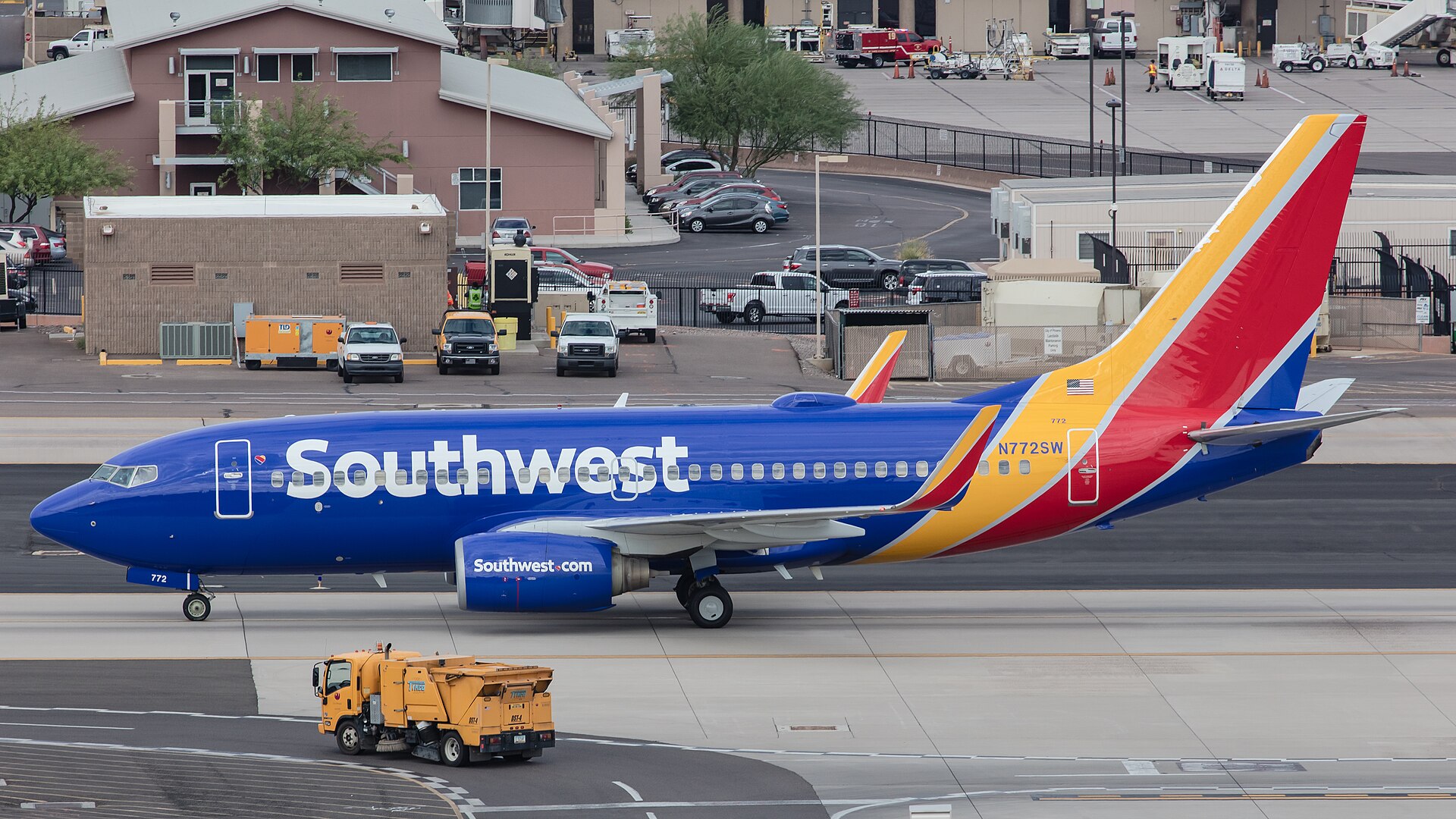Lessons Learned from the Tragic Engine Failure on Southwest Airlines Flight 1380
On April 17, 2018, Southwest Airlines Flight 1380, a Boeing 737-700 flying from New York's LaGuardia Airport to Dallas, experienced a catastrophic engine failure, resulting in the death of one passenger and injuries to several others. In this article, we will examine the causes of the incident, the actions taken by the airline and regulatory authorities in response, and the lessons learned from the accident.
The National Transportation Safety Board (NTSB) investigation into the incident found that a fan blade in the left engine had fractured due to a fatigue crack, which caused debris to hit the wing and fuselage, damaging the aircraft's cabin and causing rapid decompression. The investigation also found that the engine had missed a required inspection due to an oversight by the airline.
Following the incident, Southwest Airlines took several steps to improve safety and prevent a similar incident from occurring in the future. The airline accelerated the inspection of its entire fleet of Boeing 737s and committed to replacing certain engine components on an accelerated schedule. Additionally, Southwest Airlines implemented new protocols for training pilots and flight attendants on emergency procedures, and created a dedicated team to investigate and manage safety incidents.
The Federal Aviation Administration (FAA) also took action in response to the incident. The FAA issued an emergency airworthiness directive requiring ultrasonic inspections of certain engine fan blades to detect cracks, and ordered airlines to comply with the new inspection requirements within 20 days of the directive's issuance. The FAA also announced plans to issue a proposed rulemaking requiring the inspection of certain engine components at shorter intervals.
The incident also highlighted the importance of effective crew resource management (CRM) in emergency situations. The flight crew and flight attendants on Southwest Airlines Flight 1380 worked together to manage the emergency, and their actions were credited with preventing further loss of life. As a result of the incident, many airlines reviewed and updated their CRM training programs to ensure that their crews are equipped to handle emergency situations.
 |
| Southwest Airlines 737-700 N772SW at Phoenix Sky Harbor International Airport |
The incident also raised concerns about the potential risks associated with the widespread use of aging aircraft in commercial aviation. The average age of aircraft in the U.S. commercial fleet has been increasing in recent years, and many experts have called for increased investment in modernizing and replacing older aircraft.
In conclusion, the incident involving Southwest Airlines Flight 1380 was a tragic reminder of the importance of continuous vigilance in ensuring aviation safety. The actions taken by Southwest Airlines, the FAA, and other regulatory authorities following the incident have helped to prevent a similar tragedy from occurring in the future. The incident also underscores the importance of effective CRM training, and the need for continued investment in modernizing and replacing aging aircraft in the commercial aviation industry.

